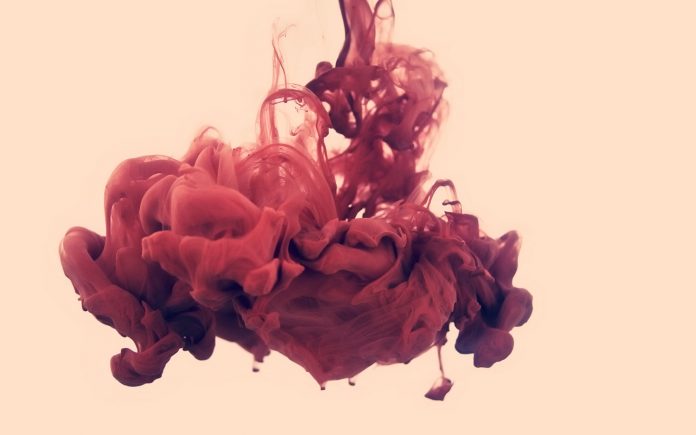Before getting started with CSS solutions for better web design, let have a brief introduction to CSS. CSS stands for Cascading Style Sheet which is used to bring style to a document. It gives color, height, width, margin, alignment, and every possible feature a webpage should have in order to look attractive and eye-catching. CSS helps in bringing life to the content to catch the viewer’s attention. UI means the front-end part of the website, the page which we, as a viewer look at. There can be issues in the UI with which its quality is degraded. So, with the help of CSS, the quality can be improved.
There could be a few smart CSS solutions for better web design which are explained here:
1. Responsiveness
This is the most important feature which when added to a website brings a good experience and navigation becomes easy, also it fits all screen sizes whether it be mobile, laptop, tablets, etc. It resizes (shrink, enlarge) the content as per the device size without affecting the quality of the content thus, making UI look good. When media-query is applied, it makes the website work in all kinds of browsers.
2. Navigation Bar
It is a list of links added to a webpage to divide each column separately. It brings cleanliness in UI, creating separate links for each title which opens up a different page. It can be either vertical or horizontal. The two elements li and ul are used to separate the titles. We can add properties in order to customize the navigation bar.
3. Colors
Adding colors to the UI brings life to it. It makes the webpage look attractive, removes dullness, brings decorative effects. To add it to the UI, either we could give it by its color name or by the hex value assigned to it. The background color, text color, border color when added to the UI adds an extra value to it. The webpage should be dynamic i.e., be able to convert to dark or light mode as per the user’s convenience.
4. Font-size and Style
The most important feature in a UI is font selection. It should be something that gives a great visual experience to the users, should create an identity of the website. The font size and style to be used should be readable, understandable, and clear. Some examples of font families include Sans-Serif, Cursive, Times New Roman, Monospace, etc. If we’re using two or more fonts in an element, it should be separated with a comma.
5. Hover-able Cursor
Whenever we place a cursor in some element, it should be hover-able. To add this effect we can add :hover pseudo-class to <a> tag. This feature is added for a better user experience. The cursor could be customized to flourish the UI. This hover-able feature can be added to any element such as hyperlink, dropdown, search tab. A real-time example can be the notification bar, whenever there’s a new notification, the notification bar should get bold, and soon as we place the cursor, it should be highlighted.
6. Forms
To improve the look of an HTML form, we use this feature. The properties like width, height, margin, padding, box size when added to it make a form look good. To use an icon inside the input, a background image and background-position can be added. Also, we can add different styles to make the form responsive in nature. Alerts can also be added in CSS form fields once the form is filled.
7. Alignment
The alignment of a text or content can be right, left, or center aligned. Alignment makes the UI look clear and all the elements are in place. To set the horizontal alignment, the text-align property is given. We can use margin: auto; to horizontally center an element. To bring an image to the center, the margin should be set to auto display be set to block. These are some of the changes needed to be done in the properties to reflect on the UI.
8. Links
The anchor tag <a> works as a link in a webpage. We can also set the color of the link by specifying the hexadecimal value or color name. There are 4 link states namely: a: link, a: visited, a: hover, a: active which can be used as per the requirement. If we want to change the color of the link only when it hovers, we can use a: hover state and define the color. Also, the link should be provided right after the keywords for better understanding.
9. Shadow effect
Shadow effect in the UI adds or brings value to it. Also, it helps in creating authentic shadow effects, evoking depth, elevating elements. We have two types in it: text-shadow and box-shadow. Specifying the horizontal shadow and vertical shadow is all to be done here. Different colors can also be applied.
10. Effects
The image-hover effect displays the full image on the screen as we hover over it. Using the button-click effect when hovered, changes the background color and remains the same until we click on it again. The effects displayed when we hover over anything like a button, navigation bar, search bar, etc. improve the quality of the web page, thereby increasing its usage and popularity which in return increases the number of viewers.
To conclude, there are many different properties of CSS that we can utilize to create a better website. Using CSS the overall look of the webpage can be changed. Thus, applying CSS makes the UI look attractive and thus increasing the business demand and growth!





